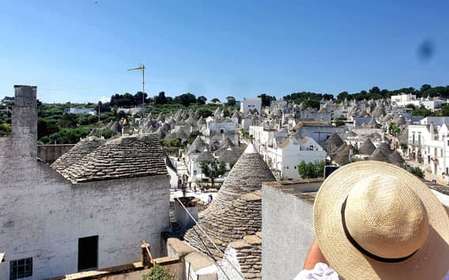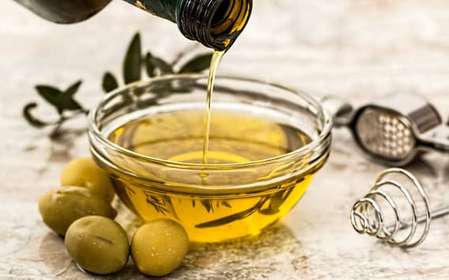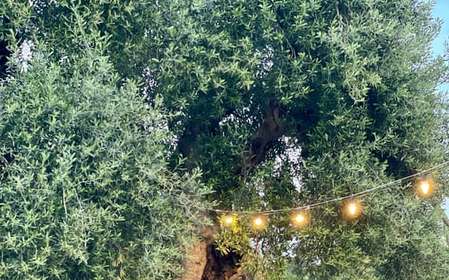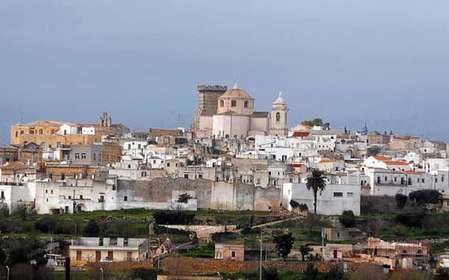- Home
- Useful Tips
- Ways to enjoy Brindisi's local...
Many travelers breeze through Brindisi as a ferry port, missing its living traditions that reveal Puglia's soul. Over 70% of cruise passengers never explore beyond the waterfront, according to port authorities, leaving cobbled piazzas and centuries-old rituals undiscovered. The frustration of surface-level travel is real – returning home with only generic souvenirs when authentic connections were steps away. Brindisi's true heartbeat lives in its seasonal sagras (food festivals), whispered dialect phrases, and generations-old crafts. These experiences don’t just create memories; they forge understanding of southern Italy’s layered identity. Yet without local context, visitors often mistake performance for tradition or overlook subtle cultural markers entirely. The difference between observing and participating comes down to knowing where and when to engage.
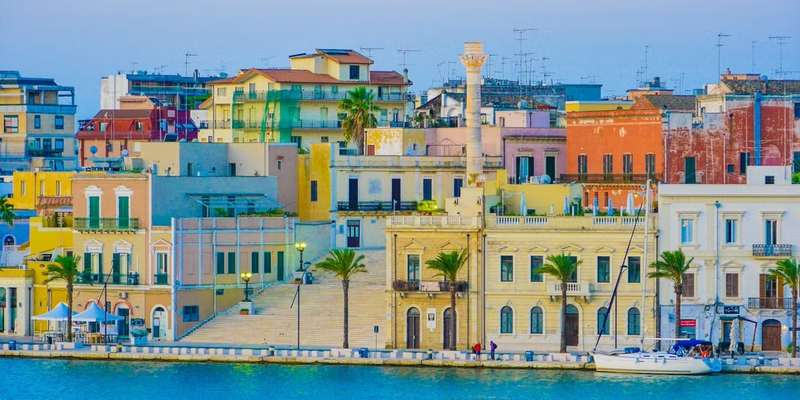

Timing your visit for Brindisi's living traditions
Brindisi’s cultural calendar revolves around agricultural cycles and maritime history, not tourist seasons. September brings the Sagra della Frisella, where locals dunk twice-baked bread in tomato water just as generations have done during harvest. In May, the Processione di San Teodoro sees fishermen carry their patron saint’s statue through medieval streets in a moving tribute. These aren’t staged shows but community events where participation is welcomed. Even winter offers the Presepe Vivente (living nativity) in nearby Ostuni, where entire families recreate biblical scenes using traditional tools. The key is aligning your visit with these authentic moments rather than relying on summer’s manufactured ‘cultural nights’. Locals know these dates shift slightly each year – checking with the tourist office or neighborhood bakeries ensures you won’t miss the real thing.
Breaking bread with Brindisi’s culinary rituals
Puglia’s cucina povera tradition transforms simple ingredients into profound cultural statements. At family-run masserie (farmsteads) outside Brindisi, the evening passeggiata often leads to communal bread-making using 200-year-old sourdough starters. Participating in this daily ritual reveals more about local life than any cooking class. Seek out forni a legna (wood-fired bakeries) like Panificio Santa Rita before 8am, when locals buy friselle for breakfast dipped in almond milk. For deeper immersion, visit during olive harvest (October-November), where you might be invited to taste newly pressed oil on warm bread – a sacred Puglian moment. Remember that here, food traditions aren’t performance; declining seconds of orecchiette isn’t just rude, it misses the point of shared abundance.
Decoding Brindisi’s craft traditions beyond souvenirs
The backstreets near Brindisi’s Roman columns hide botteghe where artisans practice vanishing crafts. At Cartapesta Brindisina, third-generation makers shape papier-mâché religious figures using techniques unchanged since the 1800s. These workshops welcome observers most mornings – look for the ‘lavorazione artigianale’ signs. Further south in San Vito dei Normanni, the last practitioners of tombolo (lace-making) create intricate patterns from memory. Unlike Florence’s souvenir stalls, these craftspeople often work on commission for local families, maintaining functional traditions. The difference between meaningful observation and disruption lies in timing: avoid lunch hours (1-4pm) when shops close, and always ask before photographing hands at work.
Navigating Brindisi’s festival etiquette like a local
Participating in Brindisi’s traditions requires understanding unspoken rules. During the Cavalcata di Sant’Oronzo (horse procession), touching the decorated bridles brings bad luck – locals subtly keep distance. At sagras, never jump the queue; the apparent chaos actually follows an intricate seniority system. Learning three Pugliese phrases (‘scè sciù’ for ‘come here’, ‘uè’ as greeting) breaks barriers better than perfect Italian. For the Ferragosto celebrations, families claim spots along the harbor walls by noon; follow their lead with a folding chair and picnic. These nuances transform you from spectator to honored guest – the ultimate travel reward.
